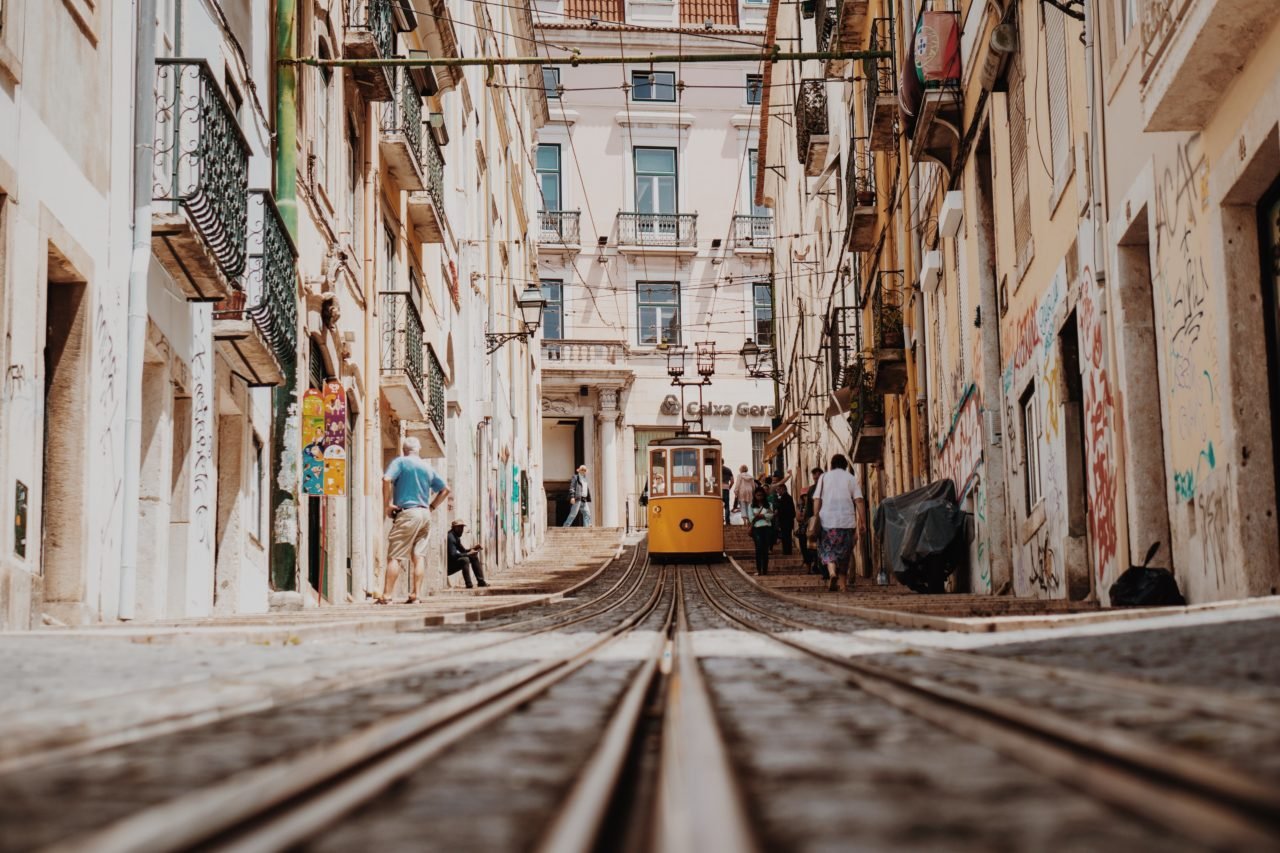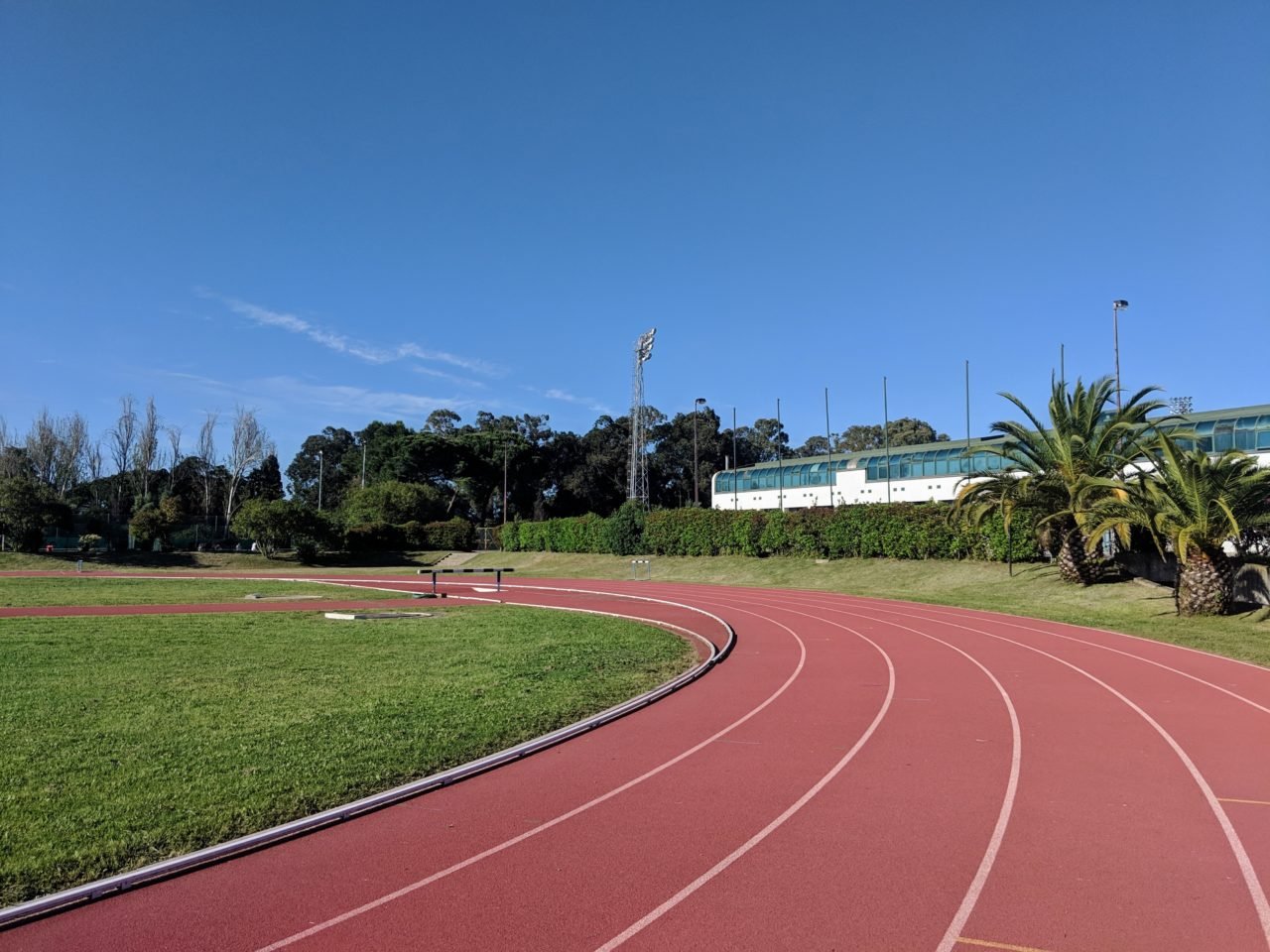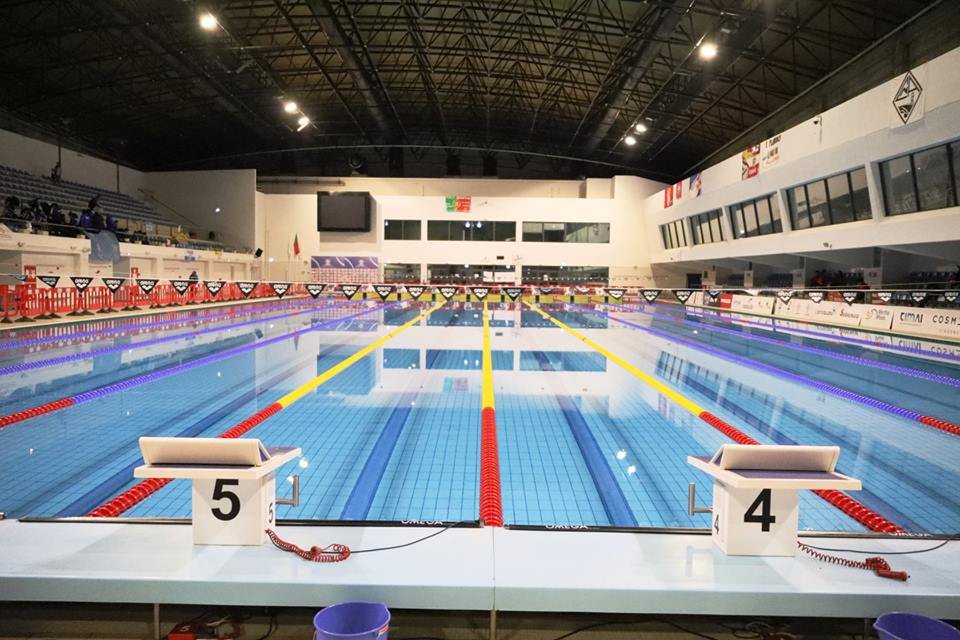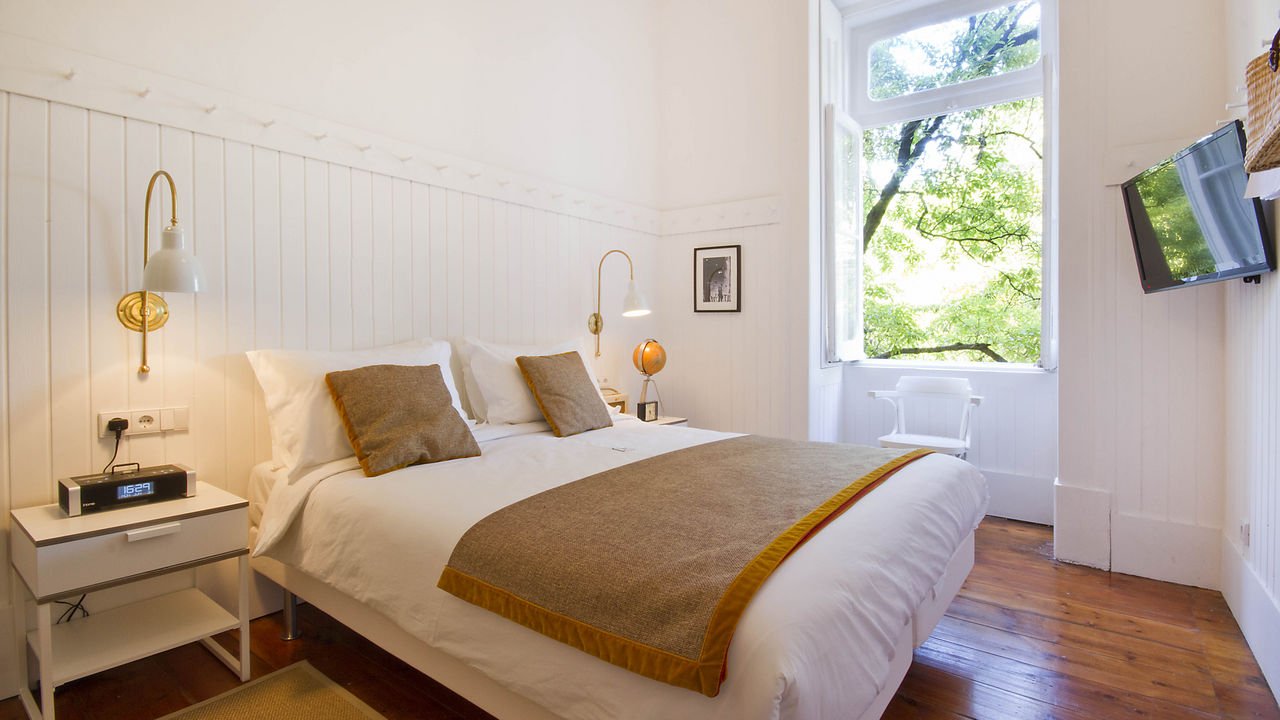Lisbon City Guide

The adoption of a single European currency led to the rapid growth of tourism in Portugal. Undesirable Brits were quick to make their way to the beaches of the Algarve, descending on droves during the summer to cash in on a strong Sterling. More recently, the country rebounded from recession to an elevated place, with Lisbon and Porto resurrecting a national identity that embraced history, industry and fantastic cuisine. Lisbon’s welcoming climate and gently rolling topography found a place in the new century, encouraging progressive visitors for conferences and remote work. True to their heritage as pioneers of the New World, Lisbon has gone out to the world and taken back all the best bits.
To make the most of this city guide for endurance athletes, note a few patterns and features. Facilities are broken into categories according to their running, cycling or swimming focus. Exact hours aren’t indicated unless very restrictive, and prices are also omitted in the knowledge that no listed facility charges more than €20 for day access. Instead, a full directory of telephone numbers is provided in the final Directory section, so you can call ahead to confirm your intended training time. The place names in Directory link directly to the venue’s Google Maps profile – click on the venue’s name to generate directions. Finally, the Sleeping & Eating section towards the end of the guide provides an insight into good places for sleeping and fuelling during your time in Lisbon.
Orientation & Logistics
Lisbon is flanked to the East by Casa de St. Jorge, a 11th century Moorish castle which sits on top of a knoll and highest part of town. Principe Real also rests on higher ground to the north of the city’s ancient centre, made of neighbourhoods Alfama, Baixa and the deeper Barrio Alto y Chiado which hold up Lisbon’s southern flank. Just over one mile to the south-west of Barrio is Belém – an important waypoint for cyclists and runners pointing tyres and toes to the Atlantic. To the north of Lisbon is and an industrial district with has been converted to accommodate galleries and breweries.

Lisbon’s relaxed approach to private transport saw an influx of scooter companies at the end of the 2010s, a nameless set that clutter the already narrow streets. As with San Francisco, the rickety tram system is more of a tourist attraction than an effective way to get around town. Two transport solutions are more reliable for inner city transit. One is the metro which connects the city to the running track. The second is the outer city and suburbs train networks which provide access along the coast towards the city’s beaches.
Temperatures in Lisbon are agreeable throughout the year. You’ll be able to ride and run in shorts in the depths of winter, and summers aren’t stifling hot. Rains fall mainly in the Spring. As for the lenghts of the day, sunrise in the depths of winter are just before 8am, with the sun setting nearly ten hours later at 5:19pm. Summer days start at 6:12am, reaching out to a glorious 21:05. Thanks to latitude at 38.7° N.
Running
Coastal routes are the obvious choice for Lisbon, with several miles of uninterrupted frontage protecting the city from the Tagus River. Hills are in the offing but with ancient streets and legions of tourists, selecting the time of day and less-than-dead-central ramps is important. As for tracks, one gem can be found a short metro ride from the city centre. Unfortunately the blue track on the roof of the Four Seasons is essentially off-limits – €175 is their day rate.

The first facility to map and etch into your training diary, part of an expansive sports centre at Estádio Universitário de Lisboa (Cidade Universitária stop on the metro). The 400m athletics track has gate access to the East which is occasionally guarded with a hefty padlock. If locked, head via the entrance to the basketball facility, Pavilhão nº 1, using the southern end of the building to access the sports centre.
For continuous running, either head along the waterfront to Belém or hook into Monsanto Forest Park (Parque Florestal de Monstanto). If you’re running to Belém, you’ll need to get ahead of the crowds during the season and run along the riverwalk (pictured below). The wave-like structure that is the art and science museum MAAT marks roughly 5km from the downtown area, using Praça do Comércio as a departure point.

By contrast, Monsanto Forest Park is more bumpy and forested. Getting there from the city centre requires a short bus ride or a 2-mile jog to the park’s location in the north-east. The simplest way to navigate this is to run due north towards Parque Eduardo VII. As you leave the manicured gardens, you’ll fall onto Corredor Verde de Monsanto. Trust this green corridor to the north-east to enter the park 500m later. SOMAIS1KM, monsanto is the Google Maps location to plug into your phone. The park itself is made of a combination of trail and tarmac – plenty of room to slot in 8km of uninterrupted running.
To find some hill intervals for running workouts, Lisbon’s foremost slopes hang off the lump on which Castelo de São Jorge finds its foundations. One 600m segment using Run de São João starts with a flat section for the first half before hiking up with degrees of up to 17% around once you find yourself hurtling towards the southern perimeter of the castle.

For something more consistent and shallower, head to a brilliant ramp on the left side of the heart of Parque Eduardo VII (pictured above) This ramp is a straight 600m beneath an avenue of trees on a wide pedestrianised walkway. The Segment starts at 2% and gradually steepens to 12% before dropping at the end. Start at whichever part of the ramp suits the length of your interval.
Cycling
Lisbon’s coastal setting generally directs cyclists north and north-west out of town. There is gravel to be had on the south side of Ponte 25 de Abril after passing through Almada, but for getting orientated quickly, look to these two routes and get hold of a carbon road bike rental from town.

A 106km / 1200vm ride WESTERNMOST-106 cuts out along the coast in a lollipop loop, passing through coastal nature reserves near to Sintra west of Lisbon. The climbing is broken into two chunks. First, a 7km rise at and average of 3% before a slight lull and a longer section of 10km at a similar grade finishing in the shadow of Cruz Alta, one kilometre south of Sintra (pictured above). By this point you’re out on the peninsula, with few cars and the turnaround in sight (trains back from Sintra take 45 minutes, for those languishing).
A second ride takes you along the Tagus River towards Belem. There is pan-flat and you can ride as far west to Estoril and neighbouring Cascais. Make a short ride using
As for road bike rentals, find carbon rides at Lisbon Bike Rentals who are centrally located. They have a range for Canyon models, starting at €25 per day for a 9-hour rental (9am to 6pm). Their range extends to the SpeedMax TT bike, with the Aeroad CF SL Disc 8.0 coming in at €75 per day. Lisbon Bike Rentals offer discounts for multiple days – 20% for bookings of four or more days.
Swimming
In the heart of town, tucked off the Rua de São Bento ramp is the National Club of Swimming (Clube Nacional de Natação), home to a 25m indoor pool and the city’s most prestigious club. Email atendimento@cnnatacao.pt to confirm times. (Sadly Piscina de Arroios is closed due to a technical fault, but is listed as open on Google Maps – April 2020).

Those with time on their hands should think about heading to the outskirts of Lisbon to the National Sports Center of Jamor (Centro Desportivo Nacional do Jamor). The facility is 30 minutes on Linha de Cascais, including a short walk between the destination station, Cruz Quebrada and the facility). There you’ll find a 50m pool, Jamor Sports Complex swimming pool, as well as another athletics track should you be looking to make a double day out of the visit.
Sleeping & Eating
Lisbon’s abundance of walkable restaurants and cafes requires some decision making. Several central restaurants and coffee shops stand out for their mid-workout treats and post-workout feasts. Meanwhile hotels are similarly clustered, giving tourists a couple of neighbourhoods to choose from.

Coffee spots are also abundant. The local Fabrica has two venues, one on Run da Madelena and another in Barrio. The incongruously named Copenhagen Coffee Lab has two venues. For one-off venues, look to Heim (Facebook Page) which works well for a run towards Belém – scoop off the esplanade into this trendy neighbourhood spot on your way back into town. Hello, Kristof is another highlight, with breezy interiors and a range of magazines to leaf through on a large communal table.

Lisbon’s maturity as an international city fell in step with the growth of Airbnb, accounting for the spread of rentable apartments in the city centre and nearby suburbs. Hotels are generally well priced and have done enough to fend off larger chains. Two hotels and one group of apartments are worth noting are worth noting for price, quality and setting.
LX Boutique Hotel is centrally located near to the water, with rooms starting at €125 per night. To the north in Principe Real is Casa Oliver, a small guesthouse overlooking a small square (pictured). Rooms are also priced at around €125 per night. For brilliant serviced apartments that start at €94 per night, look to Baixa House which has 13 units. Head to their website to see photos of each apartment’s interior and frontage.
Directory
Copenhagen Coffee Lab, Alfama: +351 21 583 0578
Copenhagen Coffee Lab, Cais do Sodre: no number
Fábrica, Rua da Madalena: +351 21 596 8827
Fábrica, Rua das Flores: +351 21 139 2948
Hello, Kristof: no number
LX Boutique Hotel: +351 21 347 4394
The Mill: no number